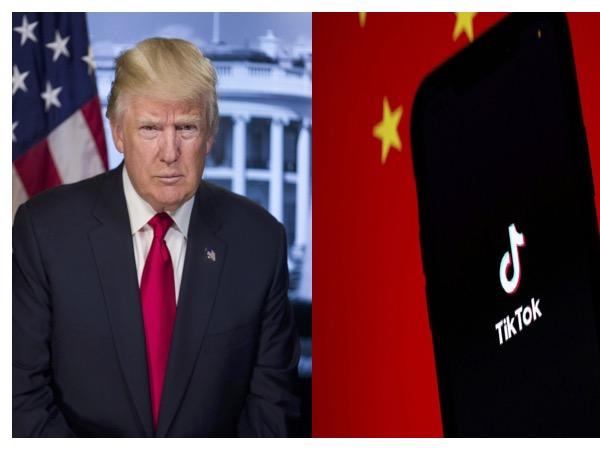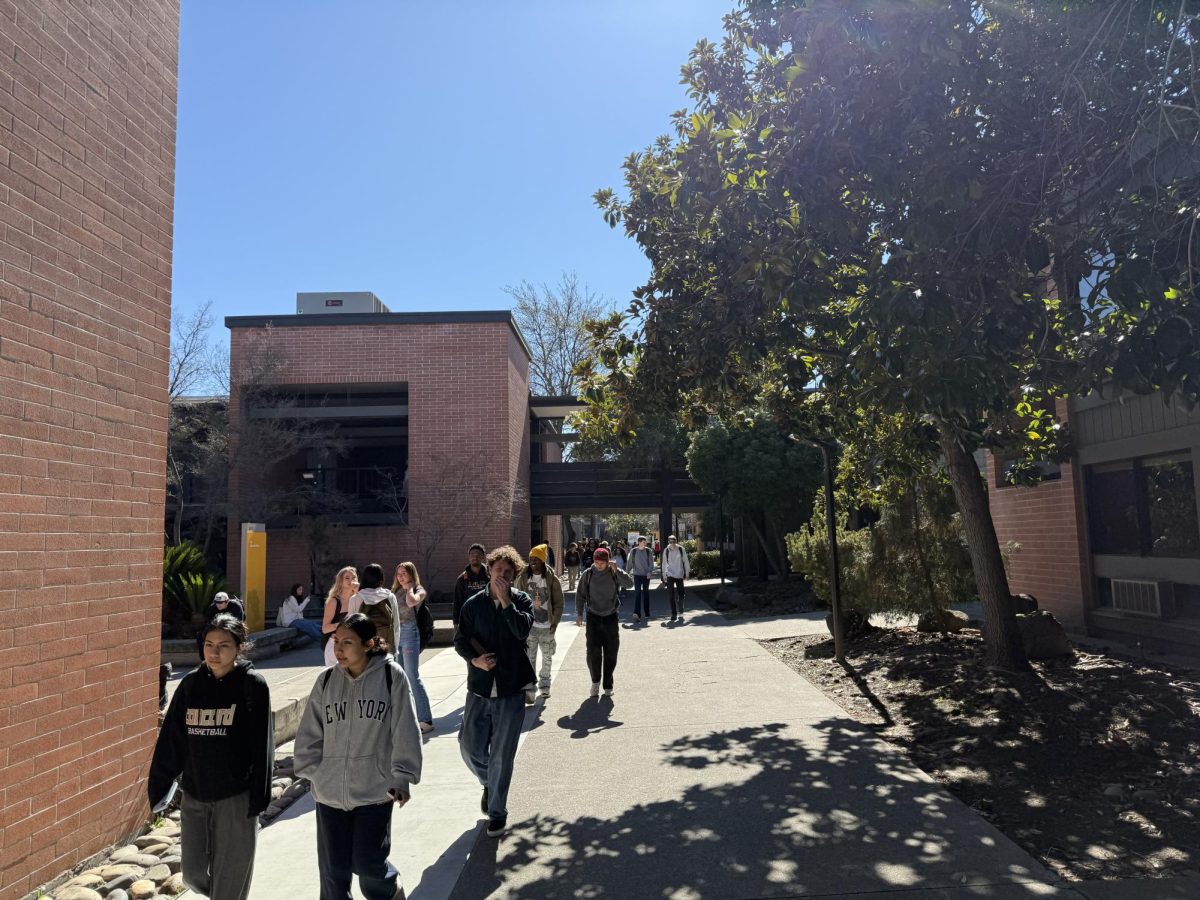In the year 2024, many of us take it for granted that people with disabilities are fully included in society. But it wasn’t always that way, and we have many influential activists to thank for this progress.
In recognition of these victories, Diablo Valley College’s Disability Support Services (DSS) has created a display illustrating the timeline of the disability rights movement. The exhibit is currently viewable on the second floor of the Pleasant Hill campus library, and will move to the Student Veterans’ Resource Center in the week of April 15, then the San Ramon campus library in May.
The exhibit features seven tall banners, one for each decade from the 1960s to the 2020s, summarizing key milestones in the movement. Examples include the first Paralympic Games in 1960, Marlee Matlin becoming the first deaf actress to win an Academy Award in 1987, the Capitol Crawl protest that led to the Americans with Disabilities Act (ADA) in 1990, and Ariana Grande opening up about her anxiety and PTSD in 2019, among other highlights.
In the exhibit’s opening ceremony held at the Pleasant Hill campus library on March 15, disability rights advocates Anthony Tusler and Susan Rotchy spoke via teleconference about their experiences.
Tusler was present at the 1977 protest in which advocates occupied a federal building in San Francisco for 25 days. The protest came in response to the U.S. government’s passage of—but its failure to implement—Section 504 of the Rehabilitation Act four years prior, leaving people with disabilities still without access to public places and services.
Tusler, who was disabled due to a childhood spinal cord injury in 1952, took photographs at the occupation, one of which is featured on the banner display.
Addressing the DVC students and faculty in attendance, Tussler said, “disability services at colleges and universities are close to my heart,” as he grew up without the educational accommodations Section 504 guarantees.
“One of the things I’m really proud about with Section 504 is its definition of disability. Up until that point, disability had always been defined as a list of disabilities,” said Tusler. On the other hand, “504 defines disability [as] a limitation of a major life activity resulting in discrimination,” including mental health conditions.
“So 504 started out as an anti-discrimination ordinance—not an assistance ordinance but anti-discrimination,” he added. “That right there is equity. That right there is civil rights. And that’s the profound difference.”
Susan Rotchy, the executive director of Independent Living Resources, an organization that provides services to people with disabilities, spoke about being a disability advocate since she was a 19-year-old community college student.
“After my car accident I went back to school, and I made the Solano Community College compliant [with ADA accessibility standards],” Rotchy said. “I didn’t have to sue anybody, I just had to ask and push to make sure they followed through on all their promises.
“So after I got experience being an advocate… I started advocating not just for myself, but for others,” she added.
David Hagerty, the manager of DVC’s DSS program, said he hopes the display helps educate students about a civil rights movement that remains largely unknown.
“We really wanted the banners to be an opportunity for people on campus to learn more,” said Hagerty. The display can be a “conversation starter” to discuss how the movement for disability rights parallels those of other groups, such as people of color, women and LGBTQ people, he said.
Hagerty said he and the DSS staff work hard to make DVC as welcoming as possible to students with disabilities.
“We want to do anything and everything we can, both officially and through events like this, to encourage the campus to continue to work towards full inclusion to the greatest degree possible,” he added.
“I really want people to think about disability when they talk about equity.”










































































Anthony Tusler • Apr 3, 2024 at 11:13 am
Great article–thank you Elizabeth Flinn. I like the the things you highlighted from my talk. It’s not easy figuring out what’s more important or interesting. Good job.